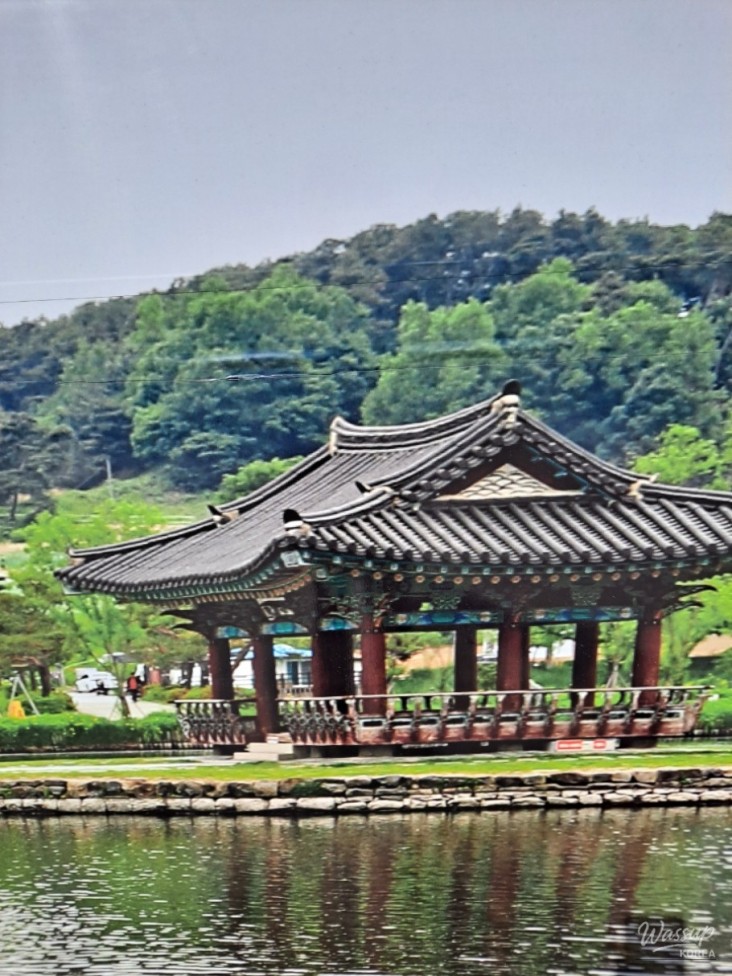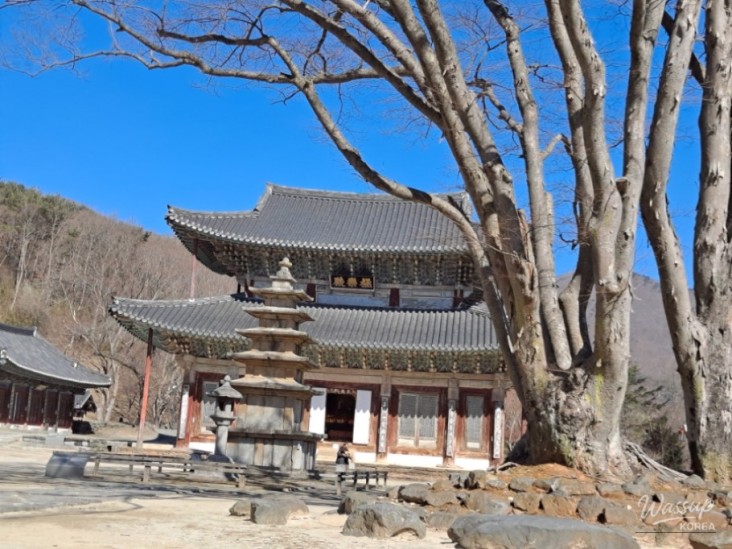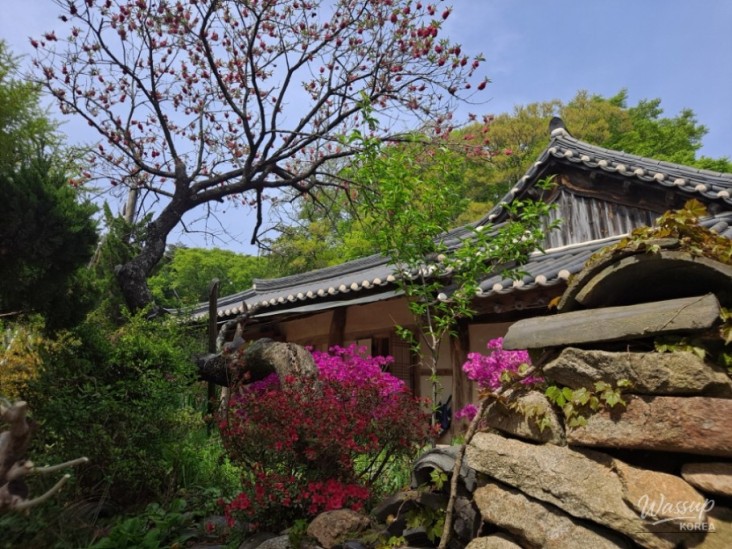A Journey Through Korea's Sacred Temples: Finding Prayer and Healing

I've visited many temples over time, and I wanted to share a few highlights with you.
It's hard to remember everything, and the photos are a bit mixed up in terms of when they were taken, but I'll do my best to describe my experiences.
This summer, seeking respite from my busy life, I embarked on a journey to various temples across Korea. While famous temples are great, I also wanted to experience the comfort and peace that even the smaller, lesser-known temples can offer. Here are a few that I encountered along the way.
Let's get started!
Temples Steeped in History
Stepping into Bulguksa Temple in Gyeongju, I was immediately overwhelmed by the grandeur of the stone pagodas and halls. It felt like more than just an old temple; it was as if the prayers of the ancient Silla people were still echoing through time. Standing before the Seokgatap Pagoda, I understood why so many come here to pray for academic success and wisdom.

At Haeinsa Temple in Hapcheon, seeing the Tripitaka Koreana (the complete collection of Buddhist scriptures carved onto wooden printing blocks) firsthand was a profound experience. Perhaps it was the power of countless prayers contained within them, but simply walking through the temple grounds brought a sense of tranquility. I understood why those seeking healing from serious illnesses often visit this place.
Mountain Temples Embraced by Nature
The fir tree forest path at Woljeongsa Temple in Odaesan Mountain, Pyeongchang, was truly a 'path to purify the soul.' Just walking along it felt like a form of prayer.

I briefly visited Baekdamsa Temple in Inje during a hike in Seoraksan Mountain. The serene atmosphere helped clear my mind and lighten my spirit. At Hwaeomsa Temple in Jirisan Mountain, I saw many people offering prayers for longevity. The energy of the mountain added to the sense of faith and hope.
Temples as Oases in the City
Jogyesa Temple in Jongno, Seoul, is located in the middle of a bustling city, yet entering its grounds feels like stepping into a world where time stands still. Perhaps because it's a place where prayers are offered for the peace of the nation and society, I felt a sense of calm wash over me.

At Bongeunsa Temple in Gangnam, I was struck by the sight of office workers coming to pray briefly during their lunch break. I heard that many people pray for success in business and relationships, making it seem like a temple that reflects the aspirations of modern individuals.

When I visited Donghwasa Temple in Palgongsan Mountain, Daegu, I was deeply moved by the fervent prayers of the countless people I met along the path leading to Gatbawi Rock. It's no wonder it's known as a prime spot for wish-fulfilling prayers.
Less Famous, But Precious Temples
At Ssanggyesa Temple in Hadong, I encountered people praying for academic success and good relationships while walking along the cherry blossom path in spring. The prayers felt even more special amidst the beautiful scenery.

At Yongmunsa Temple in Yangpyeong, I prayed for health and longevity beneath the thousand-year-old ginkgo tree. The energy emanating from the tree was truly comforting. Magoksa Temple in Gongju and Eunhaesa Temple in Yeongcheon were also smaller but peaceful temples perfect for quiet prayer. The lack of crowds allowed for deeper concentration.
Spaces for Healing and Temple Stays
At Golgulsa Temple in Gyeongju, I experienced Seonmudo (a Korean Buddhist martial art) training firsthand, which felt like a purification of both body and mind. It wasn't just exercise; it was truly 'moving prayer.'

And the sunrise over the East Sea that I witnessed at Naksansa Temple in Yangyang was truly an unforgettable sight. As I made a wish while watching the sun rise over the ocean, my prayer felt more heartfelt than any words could express.
Seosan and Gyeongju: Encounters Along the Way
During my journey, I also made a brief stop in Seosan, Chungcheongnam-do. Ganworam Hermitage, situated like a small island on the sea path, offered a mystical scene as the path opened and closed depending on the tide. Gazing at the hermitage silhouetted against the crimson sunset felt like a prayer in itself. I understood why it's famous for prayers related to relationships and wish fulfillment.

Gaesimsa Temple in Seosan was also impressive. I heard it is especially beautiful when the cherry blossoms are in full bloom in spring, but even when I visited, the tranquil atmosphere of the mountain temple calmed my mind.

Returning to Gyeongju, I enjoyed the 'Thousand-Year Temple Course,' often referred to as the 'Angel Course.' The path from Bulguksa Temple to Seokguram Grotto, Golgulsa Temple, Girimsa Temple, and Bunhwangsa Temple felt like walking through history, and the prayers I offered along the way resonated more deeply than any other words.

Concluding Thoughts
Traveling to temples across the country, I realized that each temple has a slightly different color of prayer and healing. From Ganworam Hermitage on the sea in Seosan to the Thousand-Year Temple Course in Gyeongju, spaces where we can pray for our wishes and heal our hearts are always nearby.
If you ever feel overwhelmed or in need of comfort, why not visit a nearby temple, offer a prayer, and take a break?
Regardless of religion, everyone needs a pause. Taking a break is also necessary for a fulfilling life tomorrow.
Remember that saying, "You've worked hard, now get away!"
Everyone knows that, right?
Get away and relax.
Enjoy a late vacation!
No comments yet.






